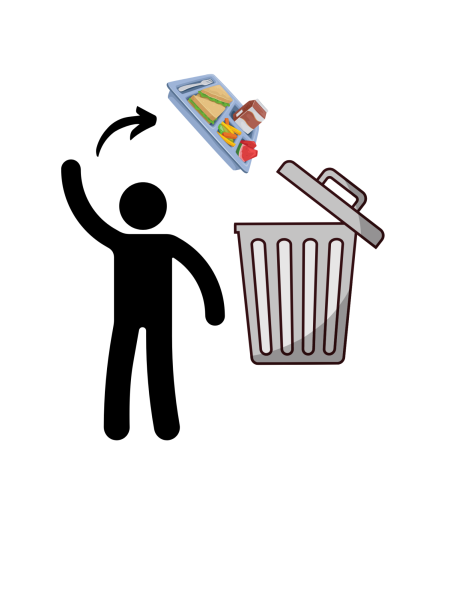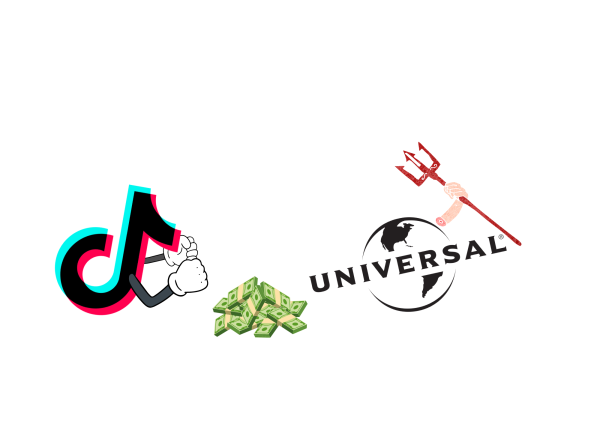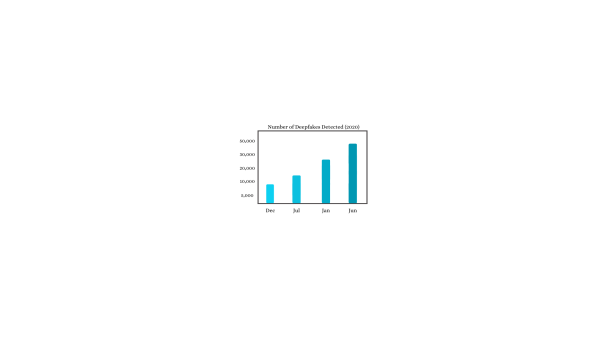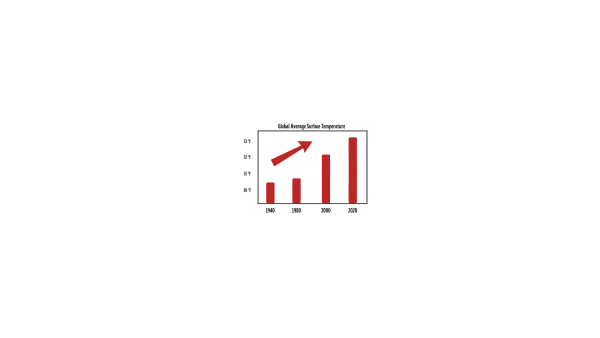The Environmental Impact of Disposable Masks
As the COVID-19 pandemic has escalated in the United States, the encouragement to wear a mask has increased, and items such as disposable masks and surgical gloves can now be found scattered up and down the coast of California.
We are instructed to protect the lives of ourselves and those around us, but in the meantime, we have begun to disregard the health of other animals on Earth. Beach-goers have failed to properly dispose of their Personal Protective Equipment (PPE), and blue surgical masks are now being discovered in the ocean and mistaken as jellyfish floating peacefully with the current.
This year, carbon emissions are expected to decrease by 4 percent as many countries, such as China, were forced to halt production when they learned that COVID-19 had infiltrated their borders.
Unfortunately, the ocean will not be met with the same fate as it is estimated that more than 129 billion face masks and 65 billion gloves are being used globally every month. What used to consist of solely plastic cups, straws, and a variety of other plastic waste is now joined by masks, plastic gloves, and bottles of hand sanitizer. Avid beach-goer and climate activist Samantha Laurin has begun to notice an influx of masks at the beach.
“Many people are careless about where their masks end up because concerns of their health have taken priority,” said Laurin.
COVID-19 has directed people’s attention to the human lives being lost, but it is important to find a balance with environmental concerns. When combined with the waste accumulated from the lack of recycling and overall lack of environmental awareness during COVID-19, Earth and all its inhabitants will see a more than 30 percent increase in waste than seen in 2019. The reality is that these disposable masks have a 450-year lifespan and if they continue to be disposed of improperly, predators such as turtles will continue to mistake these masks as edible jellyfish.
At this point, the increased amount of pollution has not become monumental, but it does have the potential to grow exponentially and cause more harm to marine life if it is not addressed soon.
“Taking personal responsibility to see to it that the mask you are wearing is disposed of properly really doesn’t take a whole lot of thought, or effort, for that matter,” said AP Environmental Science teacher Marie Kuhn. “You can protect yourself and protect the planet, you just have to be willing to do it.”
While there have not been any local cases of masks impacting the health of our marine animals, seabirds and turtles have been found entangled and suffocated by masks in foreign countries such as Italy and China. The masks that we leave on the beach have the ability to travel great distances and harm animals in other countries, so it is important that we dispose of them properly. Masks could also potentially impact ocean food chains.
“If [the masks] collect and block out sunlight for ocean producers or if masks end up becoming impacted in various animals’ guts and the animals die,” Kuhn said.
There are multiple ways that we can prevent this harm to other animals.
“By cutting the ear straps of our disposable masks, we can prevent animals from becoming entangled in them,” Laurin said.
While many turtles are ingesting the masks, birds and other wild life have become trapped within the elastic straps of the masks as well. People can also buy washable fabric masks or simply dispose of our masks in the proper waste bins.
In this unfamiliar, stressful time, past priorities to protect our home have taken a back seat.
And while the health of the American people is a main concern, the health of wildlife that we wouldn’t normally consider is being threatened.
If masks and other PPE is not disposed of properly, the beaches and oceans will no longer be the beautiful, enjoyable places that we once visited.

Sydney Lyle is a new member of The Point this year and she is involved in many things on the PV high campus. She is a part of Open Orchard Productions,...








